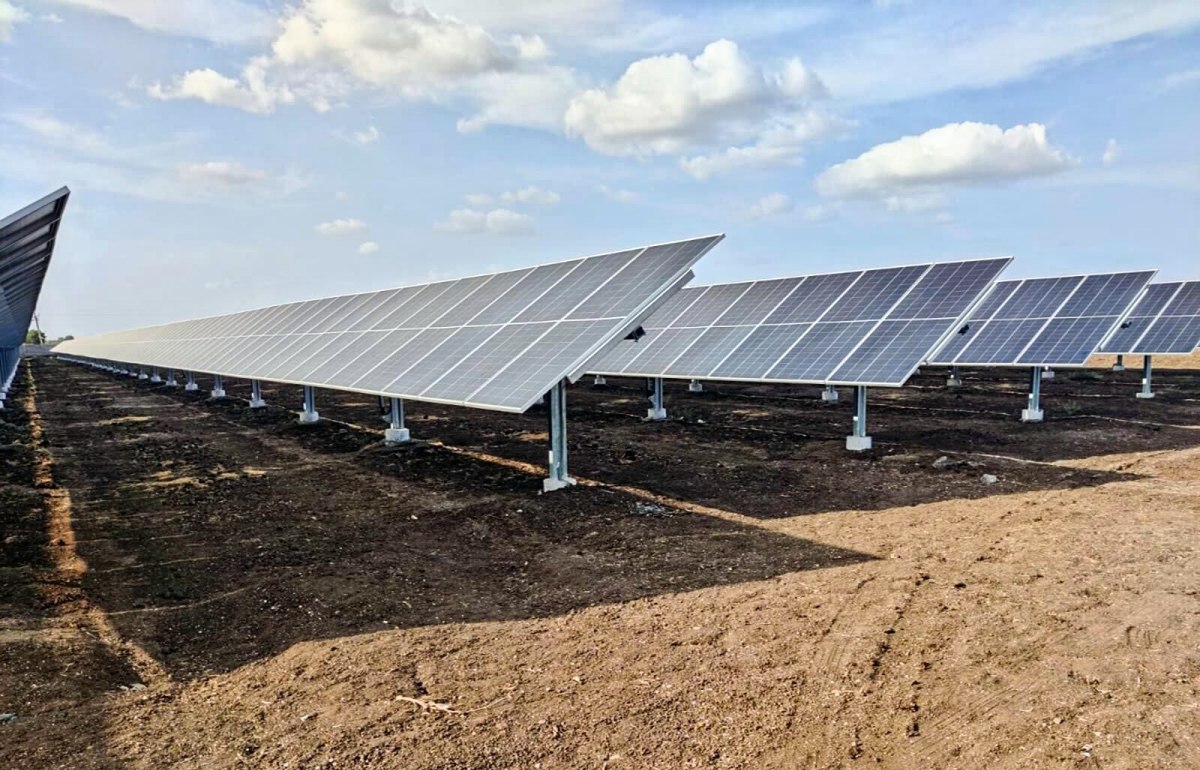While Solar PV Tracking System offer several advantages, they also have some disadvantages that should be considered.
Here are a few disadvantages of solar tracking systems:
1. Higher Cost: Solar tracking systems are more complex and require additional components such as motors, sensors, and control systems. This adds to the overall cost of the system compared to fixed-tilt systems. The initial investment and maintenance expenses can be higher.
2. Increased Maintenance: Solar tracking systems have moving parts that require regular maintenance and inspections. The motors, gears, and tracking mechanisms can be subject to wear and tear over time, requiring adjustments, lubrication, or replacement. This increases the maintenance requirements and costs compared to fixed-tilt systems, which have fewer moving parts.
3. Higher Energy Use: Solar tracking systems require electricity to power the motors and control systems that adjust the position of the solar panels. This additional energy demand reduces the overall net energy production of the system. The electricity consumed by the tracking system can partially offset the energy gains achieved through improved solar panel orientation.
4. Complexity and Reliability: Solar tracking systems are more complex than fixed-tilt systems, with components that are susceptible to potential failures. The reliability of the tracking system is crucial for optimal performance. Any malfunction or breakdown in the tracking mechanism can lead to reduced energy generation and require prompt repairs to restore functionality.
5. Limited Effectiveness in Diffuse Light Conditions: Solar tracking systems excel in maximizing energy production under direct sunlight. However, they may be less effective under diffuse light conditions, such as cloudy or hazy days. The constant movement of the panels to track the sun's position may not provide significant benefits in such situations, as the diffuse light is less concentrated and less predictable.
6. Site Constraints and Land Requirements: Solar tracking systems require more space compared to fixed-tilt systems because the panels need room to move with the sun's position. This may be a constraint for projects with limited available land or when seeking to maximize the number of panels within a given area.

It's essential to carefully evaluate the site conditions, project goals, and cost-benefit analysis when considering the implementation of a solar tracking system. In some cases, the increased energy production and efficiency provided by tracking systems may outweigh the disadvantages, while in others, a fixed-tilt system may be a more practical and cost-effective choice.

 Xiamen TopFence Co.,Ltd.
Xiamen TopFence Co.,Ltd. No. 77, LingXia South Road, Huli District, Xiamen City, Fujian, China
No. 77, LingXia South Road, Huli District, Xiamen City, Fujian, China Tel: +8613365923720
Tel: +8613365923720
 Email: info@xmtopfence.com
Email: info@xmtopfence.com
 IPv6 network supported Sitemap
| XML
| Blog
| Privacy Policy
IPv6 network supported Sitemap
| XML
| Blog
| Privacy Policy


